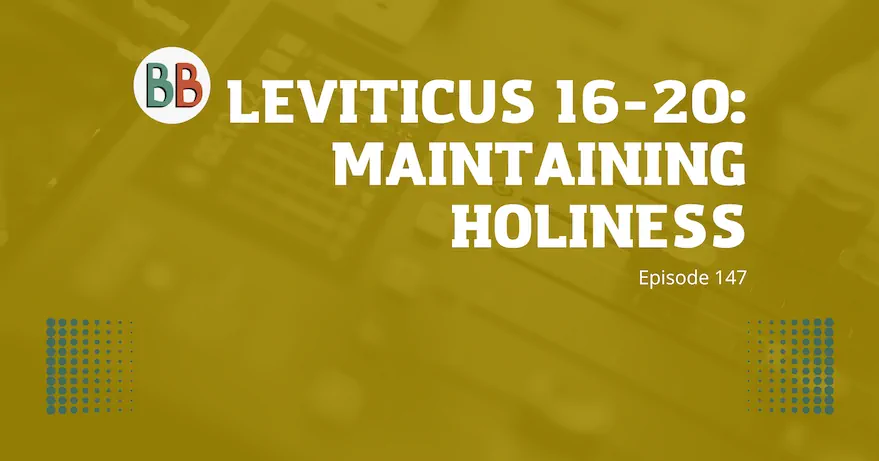
Join us as we reflect on the significance of atonement, starting with the Day of Atonement as detailed in Leviticus 16. We explore the chiastic structure of Leviticus, where the beginning and end mirror each other, converging at the Day of Atonement at its heart. This episode underscores the gravity of the high priest’s rituals, the entry into the most holy place, and the profound impact of these ancient practices on our understanding of the New Testament. Listen in as we revisit the story of Aaron’s sons and the severe consequences of not adhering to God’s commands, framing the Old Testament backdrop crucial for comprehending atonement in Christian theology.
This week, we also unravel the enigmatic figure of Azazel from the Book of 1st Enoch and its connections to the scapegoat tradition in Leviticus. We delve into the rich symbolism surrounding the act of casting sins onto the scapegoat, reflecting on how these narratives inform our modern interpretations of sin and redemption. Furthermore, we discuss the Epistle of Barnabas and the early Christian interpretation of the scapegoat as a precursor to Jesus’s role, inviting listeners to ponder the rituals that have shaped our spiritual understanding across millennia.
Lastly, we navigate the complex and often contentious issues surrounding social justice, sexual morality, and the role of state influence on religion as depicted in Leviticus. From the dietary laws in Leviticus 17-18 to the moral compass provided in Leviticus 19, we discuss the application of these ancient texts to our contemporary world. As we conclude, we consider the broader principle that scripture, while culturally rooted, carries universal messages about spiritual leadership and faithfulness. Tune in to engage with these timeless lessons and to hear about our collaborative journey ahead, inviting you to be an active part of our expanding conversation.
(00:11) Day of Atonement in Leviticus
Easter, Leviticus, Day of Atonement, chiastic structure, high priest, Old Testament, New Testament, atonement.
(09:10) Symbolism of Azazel in 1st Enoch
Azazel in 1st Enoch may represent sin and a place, symbolizing separation from sin in the scapegoat tradition.
(14:22) Scapegoat and Day of Atonement
Early Christian interpretation of scapegoat tradition and its connection to Jesus, rituals of Day of Atonement, symbolism, and lasting ordinance.
(23:57) Summary of Leviticus 17-18 Regulations
Nature’s laws in Leviticus 17 promote centralized worship, prohibit consuming blood, and impact Jewish dietary customs and early Christian debates.
(32:04) Biblical Views on Sexual Morality
Leviticus 18’s moral standards, Canaanite practices, Solomon’s wives, homosexuality, and sexual morality in Scripture.
(38:40) Social Justice in Leviticus
Understanding scripture as a continuous narrative, we explore Leviticus 19 and its call for social holiness and treating others with respect, as echoed in the New Testament.
(48:23) Exploring Lessons From Old Testament
State influence on religion in ancient Israel, punishments for straying, Solomon’s wisdom and downfall, exemplary behavior of priests, and universal core messages of scripture.
(55:33) Collaborative Travel and Guest Recommendations
Join us on our journey, subscribe to our newsletter, and send us your feedback as we explore nature and plan for the future.